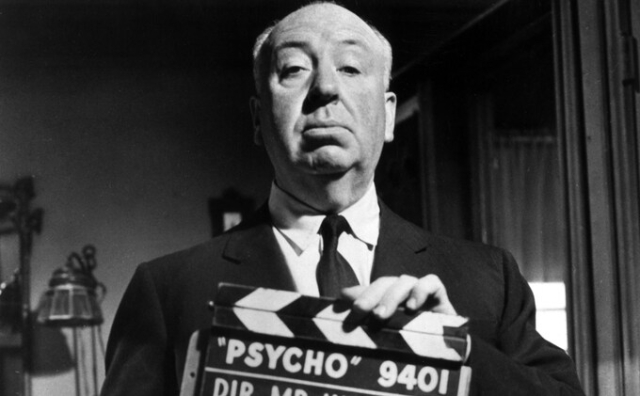 Immortal Appeal: Alfred Hitchcock on the set of Psycho in 1960. Photo: Hulton Archive/Getty Images
Immortal Appeal: Alfred Hitchcock on the set of Psycho in 1960. Photo: Hulton Archive/Getty Images
The year 1980, director Alfred Hitchcock's death, seems to be behind us forever. The social, technical, political, scientific and cultural changes since then — the collapse of the Soviet Union, the birth of the Internet, 9/11, identity politics, climate activism, streaming, artificial intelligence — represent a global shift. His films of the 1950s and 60s about glamorous people in danger certainly seem to come from a bygone era.
Or are they? Cary Grant's beautifully tailored suits, diamonds and Grace Kelly's cocktail dresses are certainly a far cry from our era of Greta Thunberg and Harry Styles, but immerse yourself in Hitchcock films and you'll find they've weathered the storm in our lives and in movies. pretty good.
One of the reasons for this is their pure physical form. Too many directors forget that the film's shimmering environment yearns for objects and buildings. When we buy a ticket to a blockbuster movie today, we often see superheroes fighting in weightless, computer-generated worlds. Hitchcock's films are more about the essence of cinema. Houses in North by Northwest (1959) and Psycho (1960), wine cellar key in The Notorious (1946), phone booth in The Birds (1963), apartment in Rear Window (1954), the Statue of Liberty in The Saboteur (1942) — all such physical things. Hitchcock has often said that he doesn't just want to photograph talking people. He knew to shoot Ingrid Bergman's hand with the key in it.
One could certainly say that this kind of physicality makes Hitchcock's films feel out of step with 21st century cinema, and that today we would have a digital shot of Janet Leigh standing in the shower in Psycho. But it's also likely that in a few decades today's computer heroics will look as clumsy as the special effects of 1980s movies now seem to us. On the contrary, the physicality of Hitchcock's films is not outdated.
The second fundamental thing that Hitchcock realized that made his films come alive is that cinema is great at creating points of view. Watch any Hitchcock movie and ask: who is watching? What do they feel when they look? How dangerous is the look? At the beginning of the planning of his films, he always asked such questions. More than any other director in the history of cinema, Hitchcock has moved the camera forward in space to give us the psychologically charged, almost ghostly sense of what his character sees, fears, and wants.
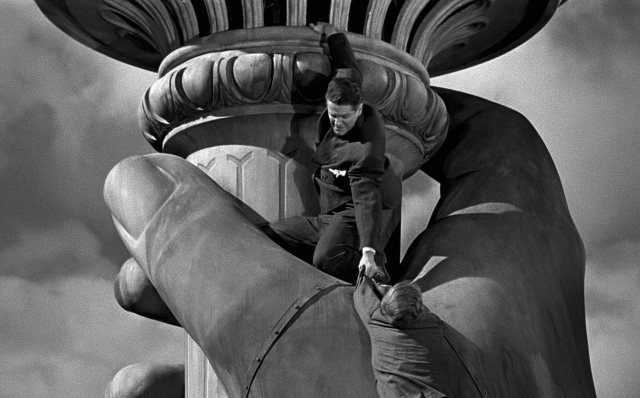 Pure physicality: frame with the Statue of Liberty from the film «Saboteur», 1942. Photo: TCD/Prod.DB/Alamy Stock PhotoThese shots, peering through the windshields of cars in Vertigo (1958) and Psycho to show us what their protagonists see, have a dreamlike quality. They allow us to feel the longing of Scotty James Stewart and Marion Crane Janet Leigh's desire to escape. In The Paradine Case (1947), Charles Lawton's depraved judge enters the room, and suddenly we cut to a short, quick shot approaching a woman's bare shoulder. It's only a moment, but it's such a rush of desire that it marks Lawton's character for the rest of the film.
Pure physicality: frame with the Statue of Liberty from the film «Saboteur», 1942. Photo: TCD/Prod.DB/Alamy Stock PhotoThese shots, peering through the windshields of cars in Vertigo (1958) and Psycho to show us what their protagonists see, have a dreamlike quality. They allow us to feel the longing of Scotty James Stewart and Marion Crane Janet Leigh's desire to escape. In The Paradine Case (1947), Charles Lawton's depraved judge enters the room, and suddenly we cut to a short, quick shot approaching a woman's bare shoulder. It's only a moment, but it's such a rush of desire that it marks Lawton's character for the rest of the film.
Objects and points of view are the keys that open the magic box of cinema. They seem easy to use, and many film and television directors certainly try, but their efforts are often repetitive. Hitchcock's paintings travel through thermals. His use of basic film elements is central to film history and helps explain why directors such as Martin Scorsese and Steven Spielberg turned to him again in later decades.
But beyond these basics, there are other secrets to Hitchcock's enduring appeal. Take what might be called a well-dressed man in the raw. Cary Grant in this immaculately tailored gray suit as an airplane flies over, runs through a cornfield, and dives into the mud. Tippi Hedren, with her hair pinned up in a chignon, adorned with pearls and in a chic sage-colored wool outfit, is brutally attacked by birds. Grace Kelly, in a white and gold dress — the golden color of her hair — sneaks into the killer's apartment. Each of them is a case of the decline of civilization. The elegance is destroyed. Many of Hitchcock's characters dress in such a way as to look calm, restrained, sophisticated. Then he throws them into chaos, which they not only avoid, but deny all their lives.
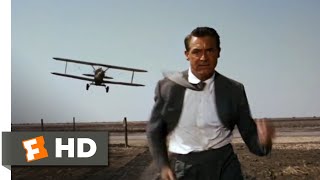
This is an eternal theme. While new technologies and social ideas are transforming the upper layers of our lives, deep down there is always a fear of chaos. We try to control but we can't.
Many storytellers show that civilization is just an appearance, but Hitchcock's chaos was not like the entropy in King Lear. Hitchcock was not a tragedian. In a very physical fight scene in The Lady Disappears (1938), a movie with hints of the political turmoil of the 1930s, we suddenly see three hat-wearing rabbits who seem to be watching the fight in bewilderment. This abrupt transition to lightness, to comedy, gives the film a beautiful tonal complexity.
Hitchcock and his writers often refused to be completely morally serious. Some of his best films are indeed some sort of tragedy—Vertigo, The Rope (1948), and The Wrong Man (1956) are examples—but the gourmet director Lady Vanishes, Sabotage (1936), Birds», «Psycho», «North by Northwest». , and so many other films, knew about sweet and sour.
Sweet and sour is the holy grail of entertainment cinema. You flirt with tragedy and let the audience feel the fear, then retreat into the glamor, irony, or costume ball on the French Riviera.
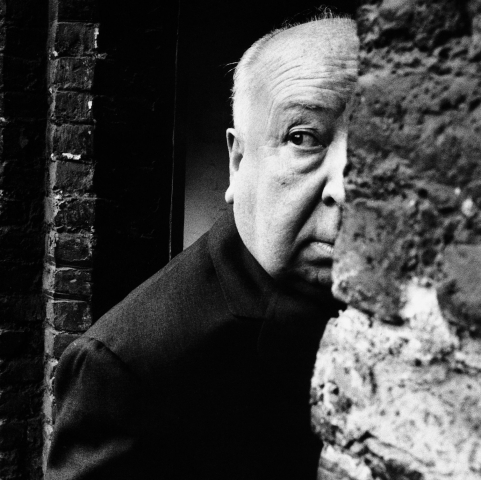 What does he see?: Alfred Hitchcock in 1960. Photo: Hulton-Deutsch Collection/CORBIS/Corbis via Getty Images
What does he see?: Alfred Hitchcock in 1960. Photo: Hulton-Deutsch Collection/CORBIS/Corbis via Getty Images
In The Birds, Tippi Hedren drives his car from San Francisco to Bodega Bay to deliver two caged lovebirds. The road is windy, and as it turns, Hitchcock shows us the birds leaning towards the bend. It's cute, maybe even silly — what you will see today on TikTok — but in an hour the birds will be terribly attacking people, crashing into them, pecking out their eyes.
I just made a movie about Hitchcock. Since so much has been said about him, I decided to show what he has to say about himself today, decades after his death, so I wrote my film in the first person as if it were an Alan Bennett monologue. I wanted closeness and playfulness.
When friends and moviegoers heard that I was making a movie about Hitchcock, some of them asked me: “Yes, films are still fun, but what about the dark side? What about his treatment of women? Of course, I was dismayed when I read in Tippi Hedren's memoirs how Hitchcock treated her. When he discovered her and taught her her first film roles, he seems to have felt that Hedren was his too. In her book, she describes how he twice committed horrific sexual harassment to her.
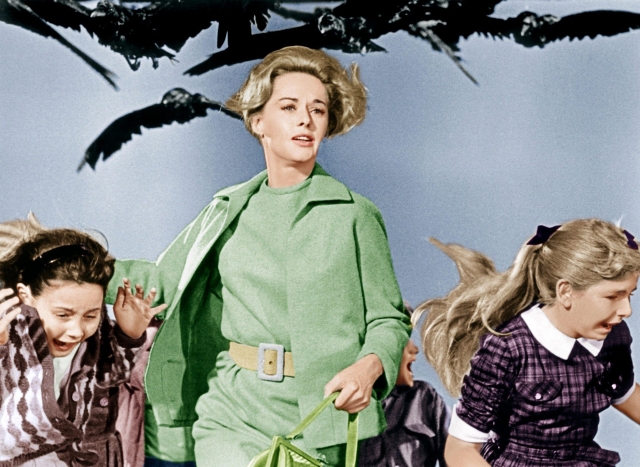 Tippi Hedren in The Birds, 1963. Photo: FlixPix/Alamy Stock Photo
Tippi Hedren in The Birds, 1963. Photo: FlixPix/Alamy Stock Photo
Hitchcock also worked with many female stars, producers and writers who respected him. I knew Janet Leigh and Teresa Wright, who was in Shadow of a Doubt (1943). Both loved him. So did his close friend Carole Lombard, the Czech actress Annie Ondra, who starred in his early films Blackmail (1929) and The Man from the Isle of Man (1929), to name a few. He has collaborated for decades with influential screenwriter and producer Joan Harrison; and Ingrid Bergman spoke highly of him.
If there was a dark side to Hitchcock's accomplishments, it should also be noted that directors had such complete power in Hollywood, and actresses in particular, were so reliant on directors and often objectified by camera and story that the industry itself — past and present — had to too. accept some measure of responsibility for such behavior.
What about the films themselves? Some critics accused them of misogyny. I would argue that their continued modernity is due to the fact that, for example, Suspicion (1941) focuses on the alienation of the woman. And that in his 1945 Freudian film Charmed, Hitchcock's lens worships the beauty of Gregory Peck as much, if not more, than the beauty of Ingrid Bergman. And that in North by Northwest, the film's focus on Cary Grant's physicality is part of his almost bisexual vitality.
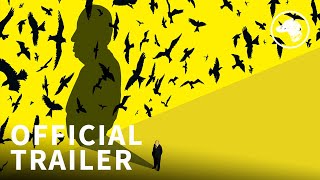
Even before the Eisenhower era, when family life, traditional gender roles, and heterosexuality were considered a boon, Hitchcock made Strangers on a Train (1951) with a strong allusion to homosexuality. While the film was morally dark and gripping, sexuality itself was not condemned. His films have a broad, lavish, contemporary, multiple understanding of what beauty is: the beauty of faces, clothes, bodies, and places.
Of course, these films were joint works of writers and actors, but the fact is that Hitchcock did not condemn or preach. There was nothing of the pulpit in his cinema. He did ask his characters: how does she feel? What does she see? How does he dress? What is his physical world like? What if this level-headed man suddenly gets off track?
Watching a Hitchcock film today, in our modern world with its new feelings and fears, is not at all annoying. This is because he rarely hitchhiked during his time. He was not overly concerned with reflecting the specific anxieties and pressing needs of the 1940s, 50s, or 60s. His films were ultimately more mythical than that, and the myth is slowly becoming obsolete. The adventures, desires and secrets of Alfred Hitchcock left an imprint in the 20th century, and the imprint remains in the 21st century, as bright and beautiful as ever.
Mark Cousins' My Name Is Alfred Hitchcock is released in theaters with July 21















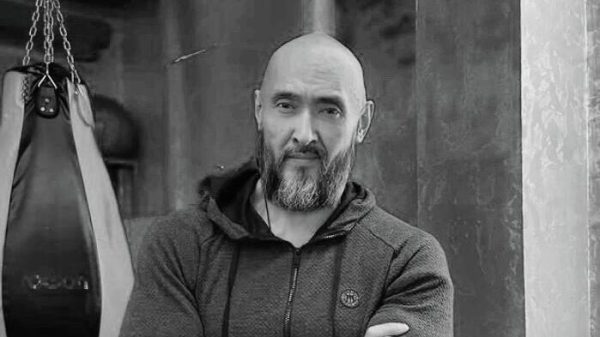










































Свежие комментарии